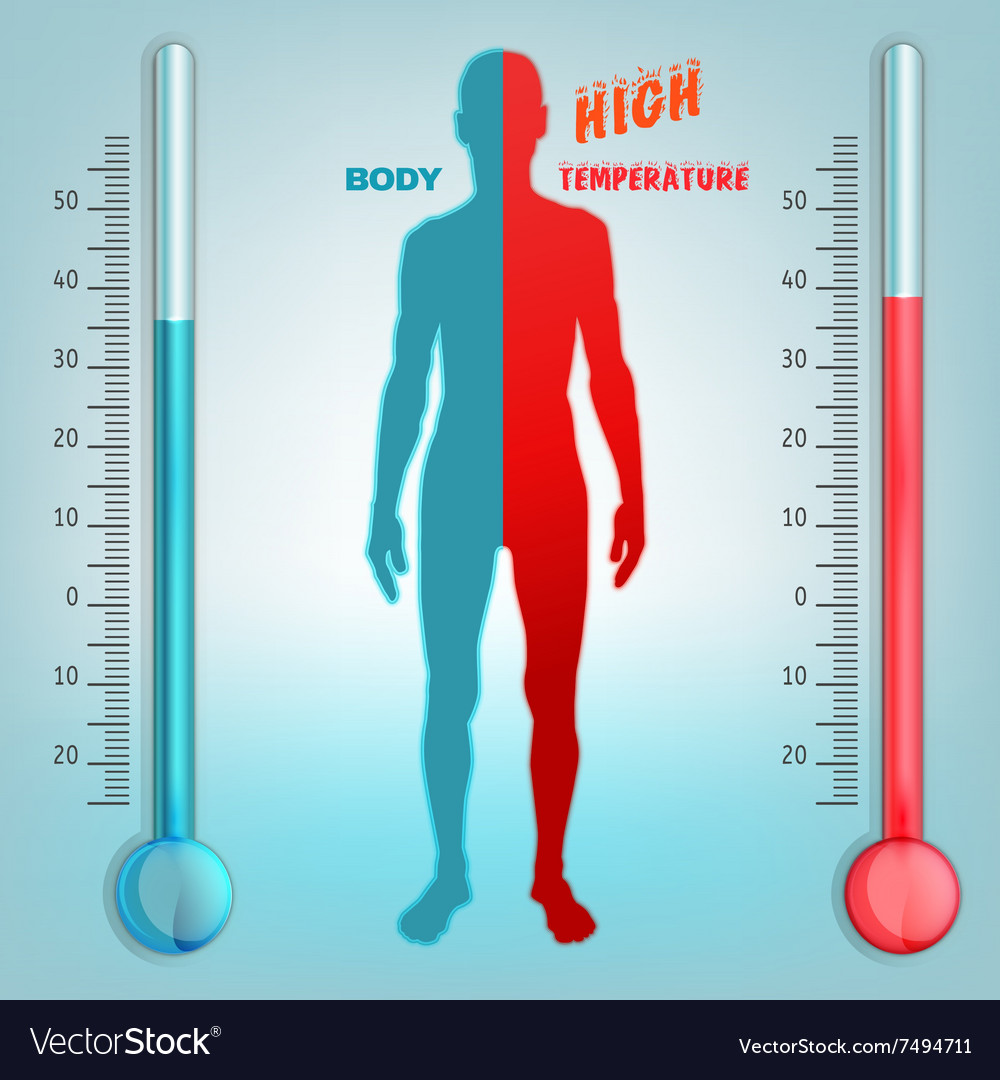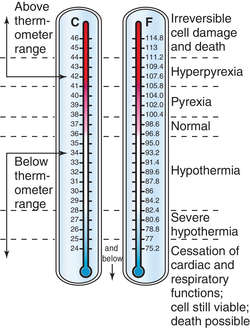

The pulse rate may fluctuate and increase with exercise, illness, injury, and emotions. The normal pulse for healthy adults ranges from 60 to 100 beats per minute. Taking a pulse not only measures the heart rate, but also can indicate the following: As the heart pushes blood through the arteries, the arteries expand and contract with the flow of the blood. The pulse rate is a measurement of the heart rate, or the number of times the heart beats per minute.
Normal temperature range how to#
Contact your local health department, waste disposal authority, or fire department for information on how to properly dispose of mercury thermometers. Because of the risk of breaking, glass thermometers containing mercury should be removed from use and disposed of properly in accordance with local, state, and federal laws. About glass thermometers containing mercuryĪccording to the Environmental Protection Agency, mercury is a toxic substance that poses a threat to the health of humans, as well as to the environment.

Hypothermia is defined as a drop in body temperature below 95 degrees Fahrenheit. A fever is indicated when body temperature rises about one degree or more over the normal temperature of 98.6 degrees Fahrenheit, according to the American Academy of Family Physicians.
Normal temperature range skin#
A special thermometer can quickly measure the temperature of the skin on the forehead.īody temperature may be abnormal due to fever (high temperature) or hypothermia (low temperature). A special thermometer can quickly measure the temperature of the ear drum, which reflects the body's core temperature (the temperature of the internal organs).īy skin. Temperatures taken by this route tend to be 0.3 to 0.4 degrees F lower than those temperatures taken by mouth.īy ear. Temperatures can be taken under the arm using a glass or digital thermometer. Temperatures taken rectally (using a glass or digital thermometer) tend to be 0.5 to 0.7 degrees F higher than when taken by mouth.Īxillary. Temperature can be taken by mouth using either the classic glass thermometer, or the more modern digital thermometers that use an electronic probe to measure body temperature. A person's body temperature can be taken in any of the following ways: Normal body temperature can range from 97.8 degrees F (or Fahrenheit, equivalent to 36.5 degrees C, or Celsius) to 99 degrees F (37.2 degrees C) for a healthy adult. The normal body temperature of a person varies depending on gender, recent activity, food and fluid consumption, time of day, and, in women, the stage of the menstrual cycle. Vital signs can be measured in a medical setting, at home, at the site of a medical emergency, or elsewhere. Vital signs are useful in detecting or monitoring medical problems. The four main vital signs routinely monitored by medical professionals and health care providers include the following:īlood pressure (Blood pressure is not considered a vital sign, but is often measured along with the vital signs.) Studies with random samples are needed to confirm the range of normal body temperature with respect to gender and age.Vital signs are measurements of the body's most basic functions.

When assessing body temperature it is important to take place of measurement and gender into consideration. The ranges of normal body temperature need to be adjusted, especially for the lower values. When summarizing studies with strong or fairly strong evidence the range for oral temperature was 33.2–38.2 ☌, rectal: 34.4–37.8 ☌, tympanic: 35.4– 37.8 ☌ and axillary: 35.5–37.0 ☌. Articles were classified as (1) strong, (2) fairly strong and (3) weak evidence. Searches were carried out in MEDLINE, CINAHL, and manually from identified articles reference lists. A systematic review of data was performed. The purpose of this study was to investigate normal body temperature in adult men and women. Normal oral, rectal, tympanic and axillary body temperature in adult men and women: a systematic literature review


 0 kommentar(er)
0 kommentar(er)
